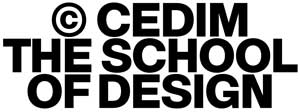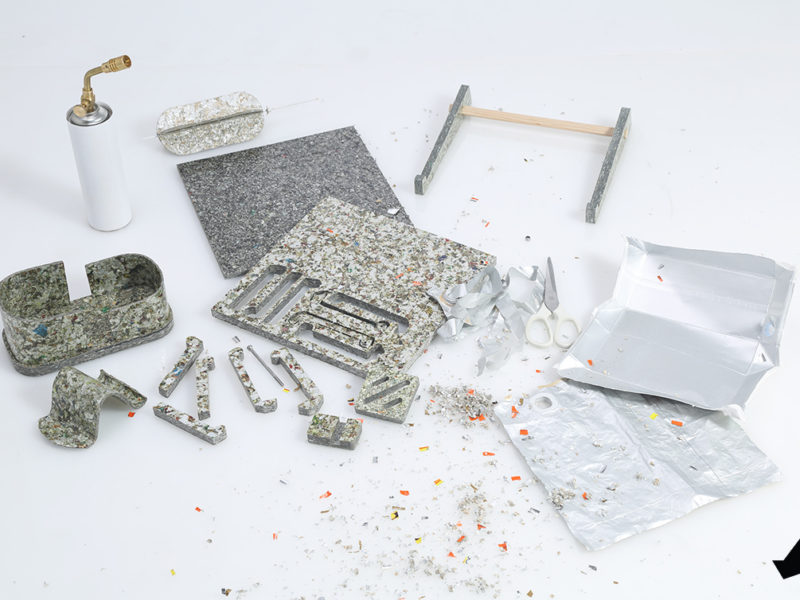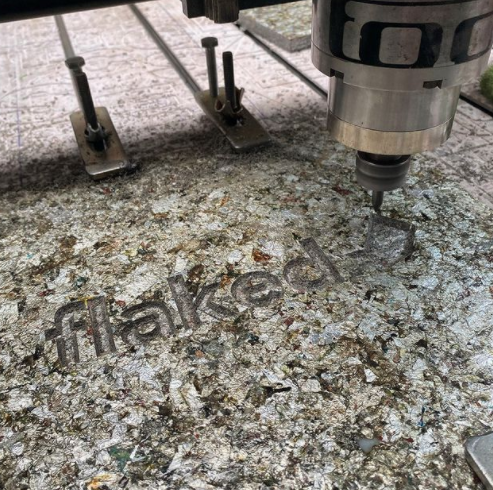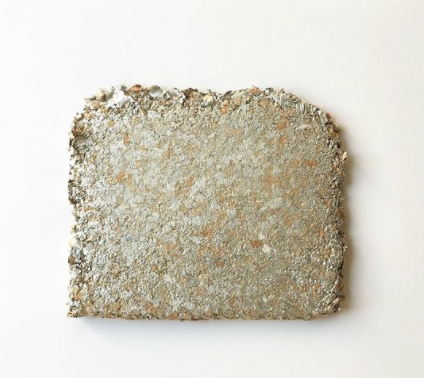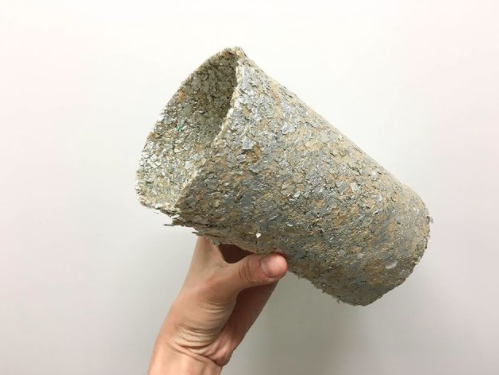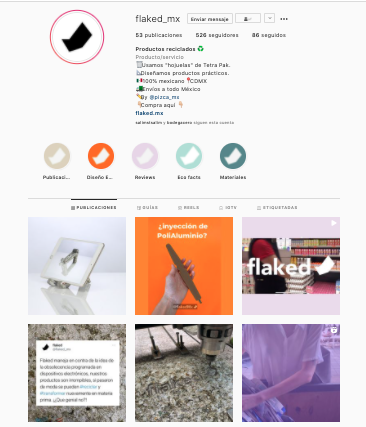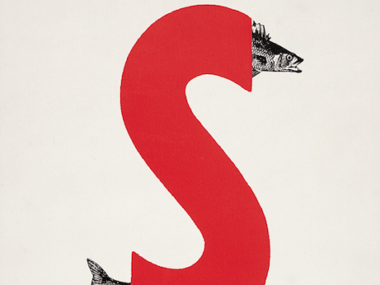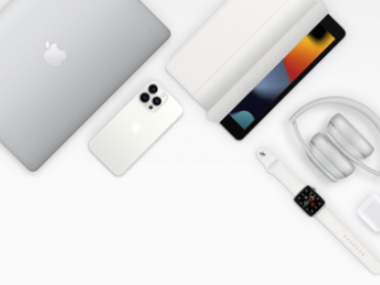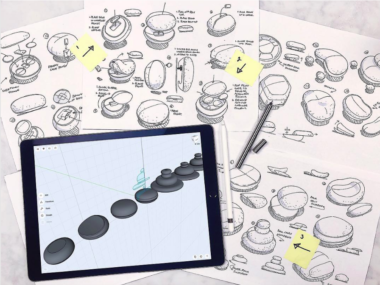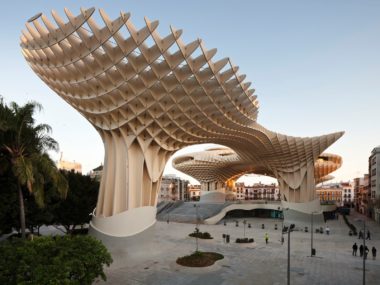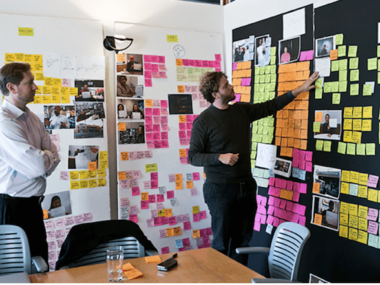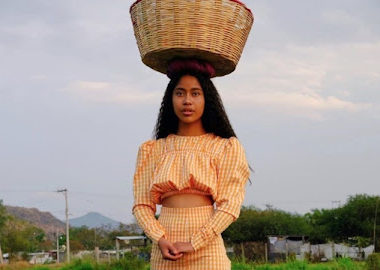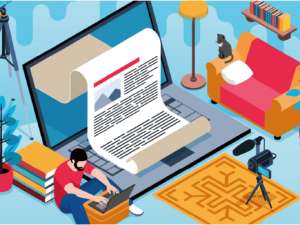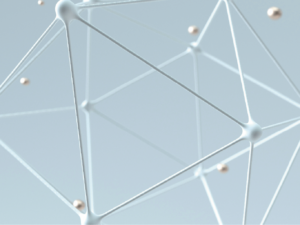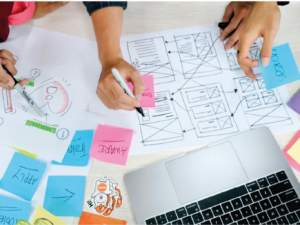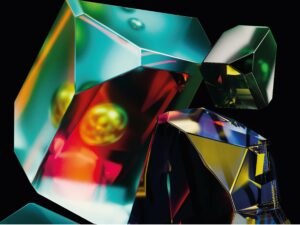Flaked uses flakes from recycled material to design.
This project is related to innovating through transforming thousands of tonnes of empty beverage cartons that increases each year worldwide, into a material we can re-use in many ways.
Today it is fundamental to re-think the re-use of enormous amounts of available post-material that exist in landfills
To understand the massiveness that is about, a relation between the number of pieces and tonnes were made, for example, one piece of poly aluminium, assuming that it ́s weight is 8.0 grams, one tonne will be equal to 12,500 pieces. This is the type of insights we want to reach in the communication between industry, design and Society.
Due to this its light weight is an essential property to different applications in the transport industry, it could be a substitute for glass fiber in some applications like bicycles, motorcycles, buses etc.
Flaked, it will engage people in two different ways: through communicating its material benefits, and through becoming part of the recycling process, taking care of them and connecting design with the true and real social part.
Progress as an opportunity for everyone is one of the values of the project development.
Being a universal material, it is easy to find everywhere, created through a collaborative design, involving people in the process to help ensure that the designed material meets their needs and can be useful for a group of people.
The combination of a polymer, aluminium and cellulose takes many years to biodegrade. As a result, we can assume the fact that it is a durable material. Waterproof, lightness, thermal insulating and acoustic insulating are all properties that the material itself can provide in a very well structured shape.

Flaked could be a substitute material of wood, reducing the need of the consumption of trees and a material like Polyspan by taking advantage of its lower density and efficiency of the recycling protection packaging.
Other examples of a substitute materials are: polyurethane foam, polycarbonate as roof and glass fiber as a structural material common used in transport. The methods used as life cycle analysis, technical test and the production cost-benefit are important to know the beneficial aspects of each material.
The methods used as life cycle analysis, technical test and the production cost-benefit are important to know the beneficial aspects of each material.
The ease with which empty beverage cartons were able to be recollected from the neighborhood was very surprising. In a few days about 50 Tetra Pak were collected. First of all it was communicated that the beverage cartons needed to be cleaned.
It was a huge difference to ask for a clean carton beverage because dirty waste does not work at all, as once it arrives at a plant it takes a lot of time to clean and uses too much water.
In the experimentation part of the study many mixtures of beverage cartons were explored, the elements of the beverage carton were separated, the mixtures began by using just the poly aluminium and then the poly aluminium with the cellulose or just the cellulose to observe the behavior of each one.
Different formats were used with different processes in order to gain information about the features of the samples.
The application variables of these results were mapped in order to find out which of the samples would be part of the final result. Different samples were made to test their feasibility and viability.
The Comparison Matrix made it easy to observe the different samples and take the best option to improve. Options were considered as flexible and rigid material depending on the thickness.
Flaked, it will engage people in two different ways: through communicating its and through becoming part of the recycling process, taking care of them and connecting design with the true and real social part.
Progress as an opportunity for everyone is one of the values of the project development. Sustainability takes a major part in the project; if waste is a threat, it is now also seen as an opportunity nowhere more so than in relation to climate change.
The project is based on two Sustainable Development Goals:
The first one is aimed at infrastructure, easy to develop anywhere.
The second goal is to improve the responsible consumption and production patterns that will avoid further damage to our environment.
It generating industry support by a good will help the project to create a standard that ensures company projects and initiatives are sustainably managed.
We can do this in a few ways, including:
- Promoting the use of products made by daily residues from people by communicating with them about the origin of the raw material.
- Being thoughtful about what people are buying and offering a sustainable option whenever possible.
- Taking advantage of a residue that avoids the steps of an extraction of a raw material, the material can be transformed just by itself, without adding complements.
This material can be adapted into two-dimensional and three-dimensional surfaces depending on its use. Consider it an upcycle material that can be recycled many times.
In order to make the project viable, technical testing was carried out so that we could explore the properties of the material and understand its applications.
Through the modularity and the efficiency of its fabrication process, design takes part by showing the material benefits through a three-dimensional application.
The transformation process that was chosen is simple: empty beverage cartons were cleaned by hand using water, no chemicals were used. The metal fibre used with water separates the cellulose from the polyethylene and aluminium.
Once it is dry, the polyethylene-aluminium are grinded and then placed into a grill of 1000 W at low temperature forming a heat flat board by pressing in order to get the thickness that is required.
An Environmental Report has to be made in order to find the savings in finite resources based on a Life Cycle Analysis (LCA); for now, the investigation is completing almost the full data to validate the idea of the low environmental impact in the transformation process of flaked.
The reduction of CO2 emissions is conceived by the fact that it is a post material without the need for an extraction process to be used.
Still waiting to confirm the data on the CO2 emissions during the transportation of the tons of poly aluminium, using a Freight lorry 3.5- 7.5 metric ton from one recycled plant to another plant.
Some of the next data inventory was obtained by a recycling plant in Mexico called Verdek.
The complete process of separation between paper pulp and the poly aluminium uses an industrial wash system similar to a washing machine system. Without soap or chemicals, powered by a 100HP = 75,000 W, for each tonne of beverage carton about 3,000 liters of water are needed and used in a process that takes 1 hour to complete. The energy consumed by this process is around 75,000Wh.
The grinding machine will be powered by using solar energy, the amount of energy consumed by this process is still in research. It will be impressive to grow a circularity transformation system that uses the complete beverage carton; in the case of the hot press it is powered by oil, heated in a boiler using the pulp cellulose of the beverage carton as fuel, 200 liters of oil heats a plate to make the hot press boards.
According to Verdek, they used to make 8 boards with a standard dimension of (1.22 x 2.44 m) and thickness of 10mm every 20 minutes.
As a post material, it is making a positive impact on the environment just to avoid the material extraction process. In the visit to a company from Toluca, Mexico called Placove, it was found that they use the residue of the beverage carton recycling, the poly aluminium that the recycle paper plant threw away and other elements as drink labels, chips and cookies packaging for the composition of the sheets.
The only request of this company to buy the material is that it has to be clean beforehand, they don’t have the technology to clean it, they don’t use water in their process of transformation.
Their transformation process starts with the separation, grain and then heat press to obtain the sheets from 3mm to 18mm thickness.
People have to accept the change of new and better materials, through a well communicated strategy to share the know-how of the post-material, the technical information and properties.
A detailed information of the two interviews of these companies are anoother part of my investigation. Flaked, uses a versatile material with a lot of properties, considered as an upcycle material that can be recycled many times, however on the other hand we found that one of the weaknesses that we want to improve is the lack of standard in a well distributed thickness in the sheet.
Sooner or later the industry will have to adapt their internal processes in terms of fabrication in order to incorporate new sustainable materials.
Hi, I’m Fernanda…

During 8 years of experience I have developed all kinds of projects, from packaging to furniture. I work together with the best experts in each area. Having a good team and good ideas, Flaked, “hojuela” in Spanish, appears with the idea of creating uniquely sustainable projects, connecting people in Mexico to create more opportunities and, above all, changing perceptions about the new resources obtained from garbage.
https://www.unapizcadediseno.com/

